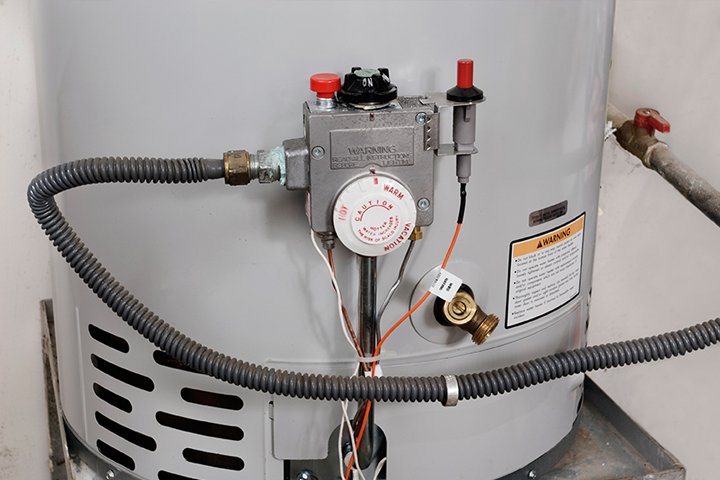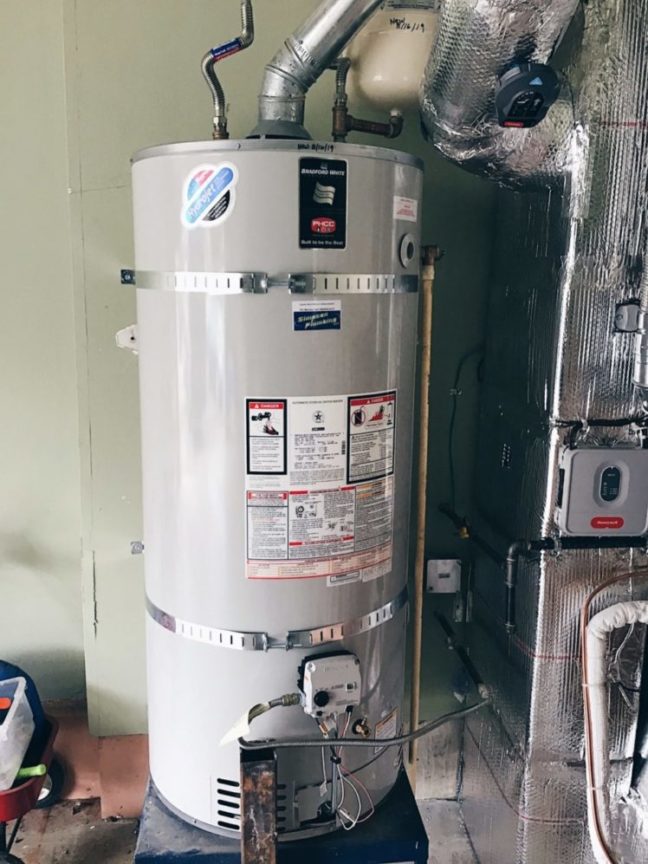Gas Leak Repair by Certified Technicians for Maximum Peace of Mind
Gas Leak Repair by Certified Technicians for Maximum Peace of Mind
Blog Article
Total Overview to Water HeaterSetup and Substitute
Understanding the ins and outs of hot water heater setup and substitute is critical for property owners looking for to make certain efficiency and dependability in their warm water supply. From picking the suitable kind and dimension to performing a smooth installment process, several aspects must be considered to avoid typical risks. This overview will certainly give you with the essential actions and understandings to browse the complexities of this home improvement task, while also highlighting crucial upkeep practices that can prolong the life of your system. As you explore these aspects, you might discover yourself reassessing your present configuration and identifying locations for enhancement.
Sorts Of Water Heating Systems
When thinking about water heating unit installation and substitute, it is vital to comprehend the different types of water heating systems offered on the market. The most usual kinds include container hot water heater, tankless hot water heater, heat pump water heating systems, and solar hot water heater.
Tank water heating units are traditional systems that keep a details volume of hot water, making them conveniently available when needed. In comparison, tankless water heating systems provide hot water on need, removing the need for storage space.
Heatpump hot water heater make use of electrical power to move warmth from the air or ground to heat water, providing substantial power cost savings yet requiring more area and details installation conditions. Solar water heating systems harness solar power to warmth water, providing an environmentally friendly choice with prospective long-lasting expense savings, although they typically need a backup system for cloudy days.
Understanding these options makes certain educated choices relating to setup and substitute, dealing with specific demands and choices.
Choosing the Right Dimension
Picking the suitable size for a hot water heater is critical to make sure ideal performance and effectiveness. An unit that is also small will certainly struggle to satisfy house needs, resulting in inconsistent warm water availability and raised energy intake. On the other hand, an oversized water heating system can lead to unneeded energy waste and greater utility costs.
To figure out the right dimension, consider the family's peak warm water usage. This can be computed based on the variety of passengers and their typical warm water needs. For instance, a family of 4 may call for a water heating unit with an ability of 50 to 80 gallons, depending upon the use patterns, such as simultaneous showers and laundry.
In addition, assess the recuperation price, which determines how promptly a heating unit can replenish warm water after it has been used. For tankless versions, focus on the circulation price, measured in gallons per minute (GPM), to ensure it fulfills the household's simultaneous need.

Setup Process Overview

Next, the old device should be disconnected and gotten rid of, taking treatment to follow neighborhood codes and policies regarding disposal. As soon as the old unit is out, the brand-new water heating unit can be placed in position. This step entails linking the water lines, making sure that all installations are leak-free and secure.
After developing water connections, it's vital to link the power supply, whether electrical or gas, following the maker's instructions thoroughly. As soon as all straight from the source connections are made, the system must be loaded with water, and the power can be turned back on. It's vital to inspect for leakages and ensure the water heating system is functioning appropriately before finishing the installation procedure.
Common Installment Errors

An additional frequent blunder is overlooking to adhere to local codes and guidelines. Stopping working to stick to these criteria can not only lead to security dangers yet may also result in expensive penalties or the demand for costly reinstallation.
Stopping working to protect connections or using the wrong type of fittings can lead to leaks and water damage. By avoiding these common installation mistakes, homeowners can ensure their water heater operates safely and efficiently, taking full advantage of efficiency and durability.
Upkeep Tips for Long Life
Correct maintenance of a hot water heater is crucial for its long life and optimal efficiency. Normal inspections and maintenance can protect against pricey repair services and extend the device's life-span. Begin by inspecting the temperature level setting; it must typically be set in between 120 ° F and 140 ° F for optimal power efficiency and safety and security.
Every six months, purge the tank to eliminate debris accumulation, which can harm heating performance and cause rust. To do this, turn off the heating system, attach a hose to the drain valve, and let the water run until it is clear.
Anode rods should be inspected each year and replaced when they are discover here worn away. These poles help avoid storage tank deterioration by attracting destructive aspects in the water.
In addition, check the pressure safety valve consistently to ensure it is operating correctly. This shutoff is vital for preventing extreme stress accumulation within the container.
Lastly, take into consideration arranging an expert maintenance check every couple of years for complete evaluations and maintenance. By sticking to these maintenance ideas, homeowners can dramatically improve the performance, safety, and life-span of their water heaters, guaranteeing dependable warm water look what i found for several years to come.
Final Thought
In final thought, correct installment and upkeep of water heating units are essential for ensuring efficiency and longevity. By comprehending these important aspects, home owners can accomplish a reputable warm water supply while reducing possible issues associated to water heater operation.
Recognizing the complexities of water heating system installation and replacement is critical for house owners looking for to make certain effectiveness and integrity in their hot water supply.Storage tank water heating systems are conventional systems that save a specific volume of warm water, making them readily offered when required. In contrast, tankless water heaters give warm water on need, eliminating the requirement for storage. Selecting a water heating system that is either as well small or also large can lead to ineffectiveness, resulting in inadequate warm water supply or extreme energy consumption.
By recognizing these important aspects, home owners can accomplish a trustworthy hot water supply while minimizing prospective issues connected to water heater procedure. water heater installation.
Report this page